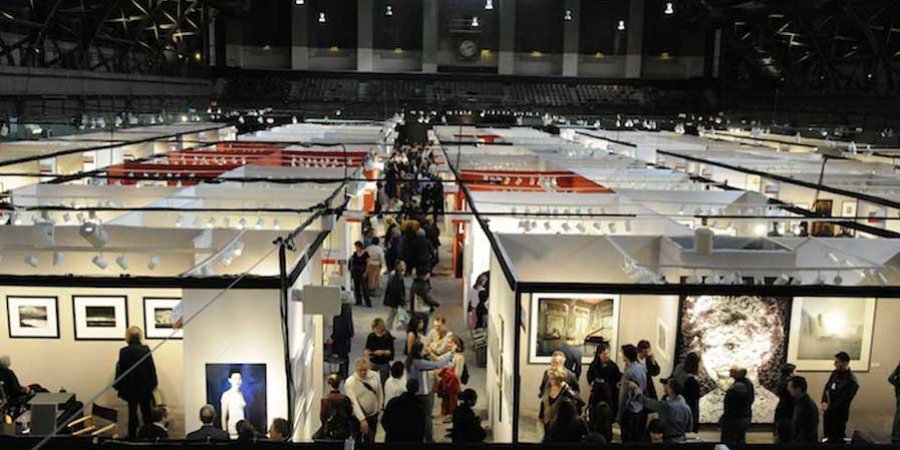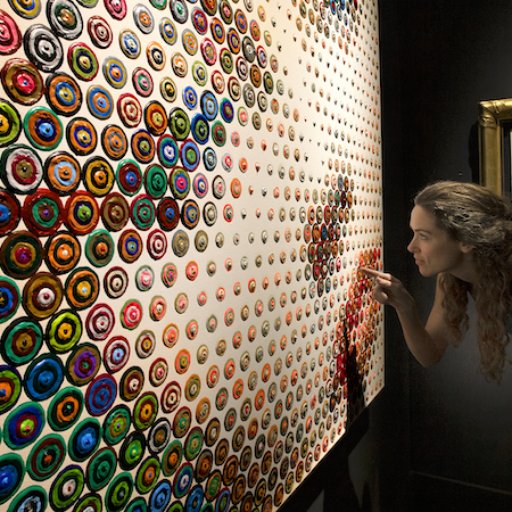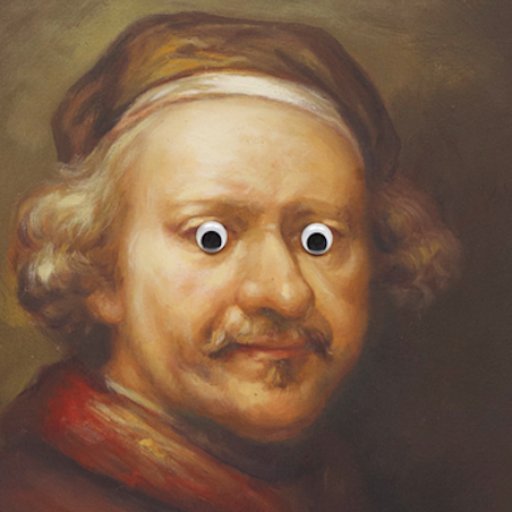BY THE NUMBERS
Despite the centrality of collectors to the art market, remarkably little reliable data exists on them, making a new survey conducted by the art insurer AXA a fascinating tool for those interested in the demographics, habits, and motivations of today’s art buyers. Some of the data confirms what is commonly believed: the most widespread category is contemporary art, which is held by 82 percent of respondents, with the next highest category—Modern and Impressionist art—held by less than half as many; the most popular medium is paintings (bought by 89 percent of colliectors) followed by works on paper (69 percent), sculpture (60 percent), and photography (49 percent), while installation and video art combined find a place in just 14 percent of collections.
And there was hopeful information, such as the confirmation that the vast majority of collectors (75 percent) carefully gather and exchange information before buying. But there were also surprises. The answers to why they collect—out of passion, to continue the family tradition, as an investment strategy, or some combination of these factors—will be seen as a glass half full or half empty by various art-world factions. Some will be heartened to learn that 37 percent still consider themselves aficionados, while others will be distressed that fully 24 percent percent are in the game merely as an investment.
As for surprises, many writers and editors, at least, will find it hard to believe learn that less than half care to read about trends and prices, topics have become publishing staples, while more than three quarters of collectors just want information on artists themselves. (Though at Artspace Magazine we can tell from traffic numbers that this data point might be dubious at best.)
Of course, this wasn’t an academic survey, and biases were built into the methodology. With contacts drawn from AXA’s client lists, the respondents skew young and male, and were drawn mostly from Europe, with none from Asia. Given that the survey was conducted solely online, some of the more interesting statistics concern Internet use. Direct contact at fairs and galleries and reading print media all outranked online media and social networks as sources of information. But reflecting what is clearly a growing trend, more than a third reported having bought artwork directly via online auctions and platforms.
IN THE NEWS
— Patrick Cariou and Richard Prince have settled their long-running copyright lawsuit in which Cariou accused Prince of insufficiently altering photographs he used as the basis for collage works. At one point Prince and his gallery, Gagosian, had been ordered to destroy all works in the “Canal Zone” series, a ruling that sent shockwaves through the art world. More recently a federal appeals court sided largely with Prince. The undisclosed settlement ends court involvement in these two artists’ clash over to what extent appropriation may serve as a defense against charges of copyright infringement. But it also leaves artists who find themselves on either side of the debate with little guidance.
— Hedge fund manager Daniel Loeb’s increasingly antagonistic relationship with Sotheby’s has moved to the courts, where the activist investor is seeking to have a poison-pill provision removed so that he can buy more shares in the company. Last fall he called for CEO William Ruprecht to step down, and many have speculated that the company’s parting of the ways with auctioneer Tobias Meyer was an attempt to demonstrate to Loeb that changes were underway. But Sotheby’s turned down Loeb’s request for three seats on the board earlier this year, so he has declared his intent to shake up the board through a proxy fight. But for that to happen he needs to buy more than the current 9.6 percent of the company he currently controls, and to do that he needs the poison pill that limits investors to 10 percent to be declared invalid in court.
Such details may be of primary interest to Wall Streeters, but the news isn’t without potential consequences for art-world denizens. It comes at a time when the two firms that dominate the art auction market seem to be veering onto different paths for the first time in decades, a result due in no small part to Sotheby’s status as a public company and Christie’s position as a private one. If Loeb’s actions exacerbate the divergence, opportunities could open for smaller companies to compete in niche sectors, and some sellers may lose the ability play the two company’s off each other in search or lofty guarantees and discounted fees. It’s worth keeping an eye on, even if you don’t own any stock.
— One place Christie’s and Sotheby’s have found common ground is in opposition to the new version of the droit du suite law making its way through congress. Because the law requires auction houses to collect royalties on behalf of artists, while letting galleries conduct unencumbered private sales, the two big art auctioneers have joined forces with ebay to hire lobbyists charged with opposing the law.
AWARDS AND KUDOS
— Jason File has won the 2014 Future Map Prize, receiving £3,000 and, more significantly, an ongoing relationship with the awards sponsor, the influential Zabludowicz Collection. File was chosen from among participants in this year’s Future Map exhibition, an already exclusive group of 26 artists, selected from among the thousands of graduates this year from the University of the Arts London’s six campuses.
— The artists selected for the national pavilions at next year's Venice Biennale are beginning to be announced. Sarah Lucas will represent the U.K., while Graham Fagen will show under the flag of Scotland (which last we checked was part of the U.K., but no matter).
— Architect Shigeru Ban, who this week won the Pritzker, the field's most prestigious prize, may be best known for unusual urban houses and temporary structures making use of cardboard, but he has also designed some notable museums, including the Centre Pompidou-Metz and the Aspen Art Museum, set to open next year.
— The roster of participants for the second edition of “Made in L.A.,” the biennial exhibition of “emerging and overlooked” Los Angeles artists put on by UCLA’s Hammer Museum, has been announced. Running from June 15 through September 7, the show will feature longtime Southland practitioners like photographer Judy Fiskin as well as young MFA grads such as sound and new media artist Devin Kenny and recent arrivals to the region like conceptual artist Gabriel Kuri. The 35 individuals and collectives will be eligible for the $100,000 Mohn Prize as well as two new $25,000 awards, one selected by museumgoers.
COMINGS AND GOINGS
— Former Christie’s contemporary art rainmaker Amy Cappellazzo announced plans to join forces with art advisor and curator Allan Schwartzman in forming a new sort of consultancy that will advise collectors on purchases, foundations on sales, and both on strategic planning.
— After the four artist members of the board of Los Angeles Museum of Contemporary Art resigned in 2012 to protest the management of then director Jeffrey Deitch, one of them, Ed Ruscha, found a new institutional position of influence on the board of SFMOMA. Now the other three—John Baldesari, Barbara Kruger, and Catherine Opie—have returned to MOCA in support of Philippe Vergne, who began his tenure as director this week. They will be joined by L.A.-based painter Mark Grotjahn.
— Artadia, which gives unrestricted grants to emerging artists, has four new board members, including art advisor Kimberly Light, business executive Karen Mehiel, and art collectors Laurie Ziegler of Los Angeles and Margot Ziegler of New York.
— Maybe relocating in the aftermath of a recession isn’t a good idea. Both Dodge Gallery, which opened on New York’s Lower East Side in 2010 with principals moving from Boston, and Perry Rubenstein, who left Gotham for Los Angeles in 2011, have closed.
SAVE THE DATE
— Ever since Andrew Edlin purchased the Outsider Art Fair in 2013—20 years after the niche event was launched by promoter Sanford Smith—the new owner has been working to bring it inside the art world. The idea of separating self-taught artists into a distinct category has always had its detractors, but the fair consistently attracted a niche audience who liked the idea of creators who operated independent of the mainstream art world. Edlin clearly thinks he can draw bigger crowds with crossover collectors from the contemporary market. Last fall he launched a spinoff that coincided with Paris’s FIAC fair. And now he has announced a date change, so that the original New York event will run May 8-11, aligning it with Frieze New York.
























